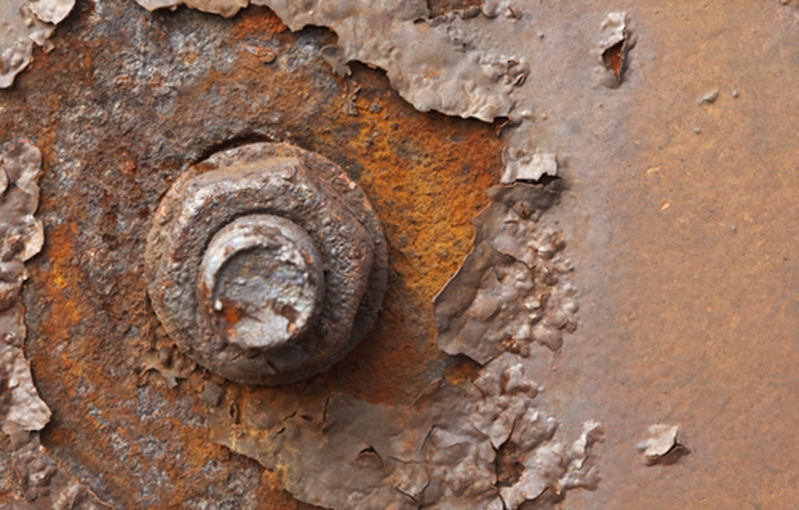At some point in time, potentially in a matter of years, the paints, primers and sealants on physical structures begin to break down. Through a process of oxidization and material degradation, buildings exposed to harsh climates naturally lose the protective strength (and safety designation benefits) of original paint applications and thus require continued touchups or an entirely new application.
For the facility managers and industrial operators tasked with complying with stringent safety and product quality guidelines, paint removal on their structures could be a necessity. By stripping eroded paint, managers may uncover additional problems within walls or on the exterior of surfaces that need to be addressed as well. Additionally, once paint is completely stripped, a newer, stronger application is required so as to not interrupt the normal flow of business and to provide interior workspaces with the highest quality environment possible.
Heat guns such as the Master Heat Gun from Master Appliance provide companies just the tool they need to quickly, cleanly and safely strip paint from their structures in order to apply a lasting, durable finish. Better yet, a Master Heat Gun is portable, flameless and ruggedly designed for heavy-duty environments and uses.
The removal process
Stripping paint in an industrial setting and with the use of a heat gun isn’t all that much different than what many workers are already accustomed to. The essential tools to start the stripping process are a sharp scraper – standard size – and a heat gun that affords the proper temperature control and ergonomic handling.
“The flow of heat from the nozzle of the heat gun produces a bubbling effect that loosens paint.”
While the average homeowner or inexperienced/unsupervised worker may jump straight into scraping away old paint and rust, the proper way to remove paint from a large surface is to prime the area with a steady thermal output.
The flow of heat from the nozzle of the heat gun produces a bubbling effect that loosens paint from the surface and provides an opening or leverage point to insert the scraper. Once the paint in one small area is scraped off, aim the heat gun at the next appropriate spot and repeat the process.
The key is to not hold the gun over one area for too long. Depending on the type of surface – metal, wood, etc. – the gun’s extremely high temperature can damage the underlying materials and even warp the structure itself. Not to mention – direct exposure to heat over a period of time could cause melting, fires and other deformities.
Experts proclaim the removal process as being one that requires a certain rhythm, meaning the heat-scrape-heat pattern becomes second nature once one gets the hang of it.
Safety considerations for optimal use
The list of things that could conceivably go wrong with improper handling of a heat gun is long, and most heat gun operators are already well-apprised of those risks. The important thing to remember, however, is that knowing how to use a heat gun and actually doing it correctly every time are not the same thing.
Keep in mind that heat guns with a high-speed universal motor offer a more consistent airflow and reliable control. Additionally, a gun that doesn’t need to be continually adjusted for setting, speed or flow means one can keep a scraper in one hand and the gun in the other – there’s no need to set down one tool to calibrate another. This makes for a much more efficient process that’s safer for the operator (no hand burns) and which leads to a smoother removal of paint.
Other safety features to consider include:
- Nozzle.
- Wattage.
- Processor.
- Weight.
- Intermittent storage or stand options.
- Settings functionality.
Each of these components could be the determining factor in gun performance and handling.
 Degraded paint on a rusty surface makes removal jobs a necessity.
Degraded paint on a rusty surface makes removal jobs a necessity.Depending on the scale of the paint stripping job, the entirety of the project could take hours or even days, and warrant the assistance of several workers. And when faced with the prospect of a confined or enclosed space and the presence of multiple tools and people, traditional safety best practices should also be followed.
Relative to heat guns, those standards include being aware of:
- Outlets and wires.
- Placement of tools on the ground or on stands.
- Location of other workers.
- Temperature and air quality of the workspace.
- On and off settings of guns.
- Buildup of removed paint and debris.
Staying safe on site is paramount – as is selecting the right heat gun for the job. Master Appliance’s range of gun offerings exceeds industry standards and enables a more seamless paint-stripping process regardless of application.

